VETSCAN VS2
Blood sample handling best practices
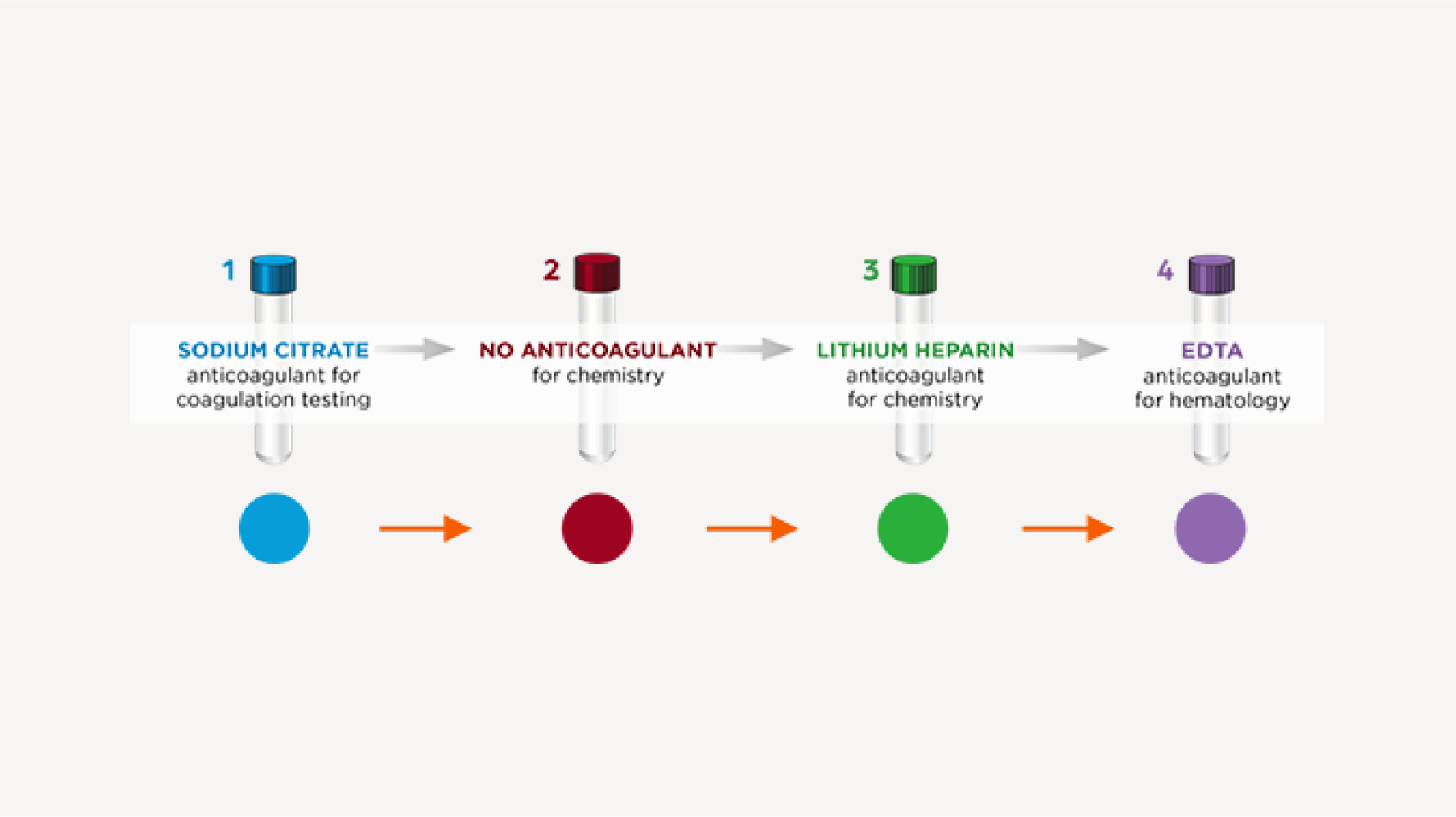


Fill blood tubes in the correct order to avoid contamination. EDTA contamination of chemistry samples may affect electrolyte results, and cause a falsely low Ca and falsely high K+.*1
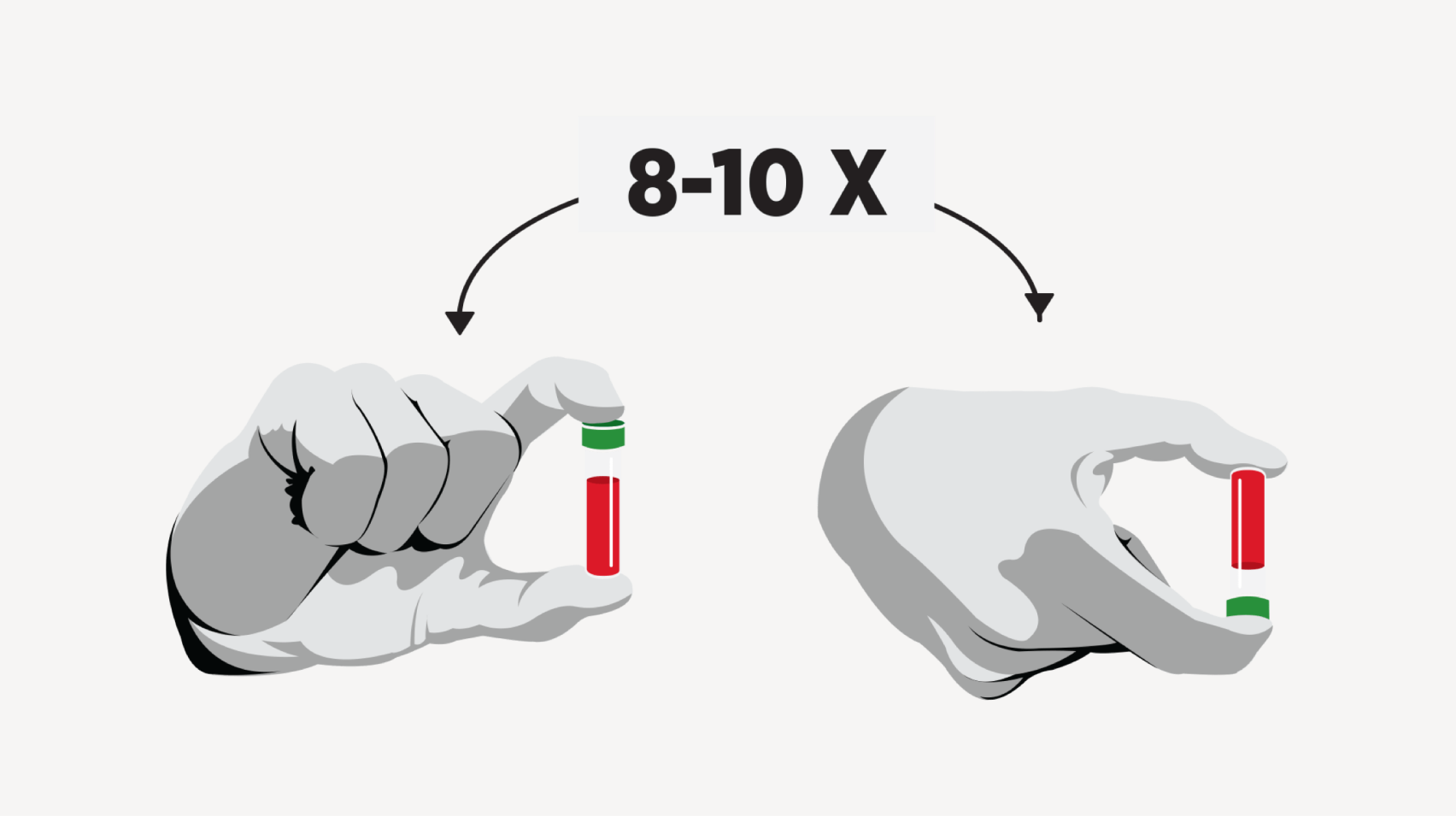


Chemistry2,3
Whole blood samples must be inverted 8-10 times after collection and re-inverted just prior to use.
- Never shake blood sample tubes.
- 1.3 mL and smaller tubes may need additional inversions for proper mixing. It is recommended 10-15 inversions for smaller tubes.
- Do not rely on a rocker to mix blood samples properly; rockers do not take the place of proper tube inversion.
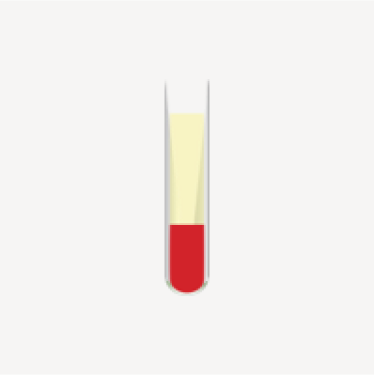
Normal
Normal plasma and serum samples are straw colored, and do not have a yellow, red, or pink tinge.
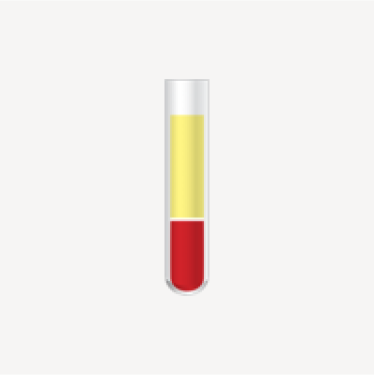
Icteric
Icteric plasma and serum samples have a yellow color due to a disease or condition that causes excess bilirubin in the blood.
Unfortunately, nothing can be done to correct an icteric sample.
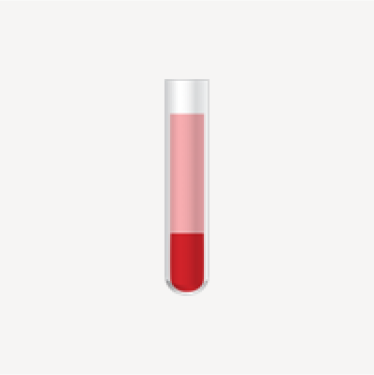
Hemolyzed
Hemolyzed plasma and serum samples have a pink/red tint due to ruptured red blood cells. Avoid hemolysis by using proper sample collection and handling techniques.1
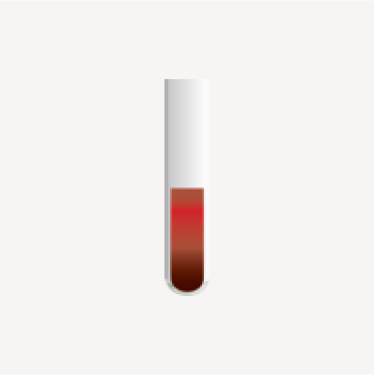
Clotted
Clotted samples may have visible red clots that stick to wooden applicator sticks when swirled in a sample. Traumatic or delayed blood collection can lead to micro and/or macro clots.1
Avoid clotted samples by inverting blood tube appropriately immediately after filling. Re-draw a new sample if clots are present.
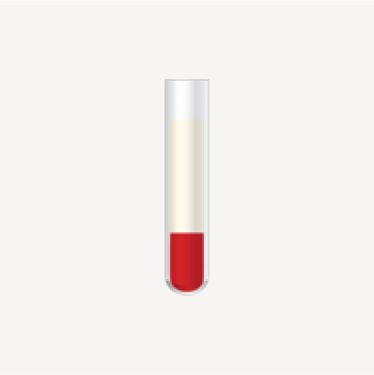
Lipemic
Lipemic plasma and serum samples have a milky appearance due to a high concentration of fat in the blood.
Avoid lipemia by using a fasted patient sample whenever possible.1 Remind clients to refrain from feeding their pets prior to their appointment.



Chemistry2
Lithium Heparin whole blood samples at room temperature† must be run within 1 hour,6 or separated to serum* or plasma‡ and run as soon as possible.7 Serum and plasma samples may be stored refrigerated§ for up to 48 hours.6
Discover the difference Zoetis Diagnostics can make in your clinic
Contact us today to learn more about how our diagnostics portfolio can help you provide elevated patient care.
Customer Service, Support & Ordering
Mon – Fri: 8:30am – 6:30pm ET
Vetscan and i-STAT Technical Support
24 hours a day, 7 days a week, 365 days a year
1-888-963-8471
Zoetis Reference Laboratories Customer Service, Support & Ordering
Monday – Friday: 8:00 AM – 8:30 PM ET
Saturday: 9:00 AM – 5:30 PM ET
Sunday: Closed
1-888-965-9652
Need Technical Support?
Our support team is available to answer product questions and provide guidance.||
* Always fill to manufacturer’s fill line.
† Room Temperature (68-77 ̊F).
‡ Stored plasma and serum samples must be separated and kept in a stoppered test tube containing no additive.
§ Refrigerated Temperature (36-46°F).
|| If you are a pet owner looking for treatment recommendations, please contact your veterinarian.
References: 1. Monti, P, Archer, J, BSAVA Manual of Canine and Feline Clinical Pathology, 2016, 11-26 (v2.0) - overfilling the tube - lead to small clots (p.2) Conversely, insufficient EDTA in relation to blood will lead to clot formation. Small clots in the sample, which might be missed when visual; Monti, P, Archer, J, BSAVA Manual of Canine and Feline Clinical Pathology, 2016, 11-26 (v2.0) - Blood tube fill order (p.2) Under- or over-filling of blood tubes: tubes should be filled to the correct volume and gently inverted to mix the blood with the pre- measure; Monti, P, Archer, J, BSAVA Manual of Canine and Feline Clinical Pathology, 2016, 11-26 (v2.0) - Under-filled EDTA tube (p.2) If the concentration of EDTA is excessive in relation to blood volume (tube under-filling ), cells will shrink and falsely lower the PCV. E 2. Legacy Abaxis VetScan VS2 Operator's Manual (v2.0) 3. Weiser, G., Veterinary Hematology and Clinical Chemistry, 2012, 3-33 (v2.0) 4. Wu, D, et al., EBioMedicine, 2017 (v1.0) 5. Kitchens, JL., Maryville College, 2006. (v1.0) 6. Weiser, G. Sample Collection, Processing, and Analysis of Laboratory Service Options [Chapter 2]. Veterinary Hematology and Clinical Chemistry, 2012: p.3. 7. Monti P, Archer J. Quality Assurance and Interpretation of Laboratory Data [Chapter 2]. BSAVA Manual of Canine and Feline Clinical Pathology. 3rd ed.; 2016: p.13.
